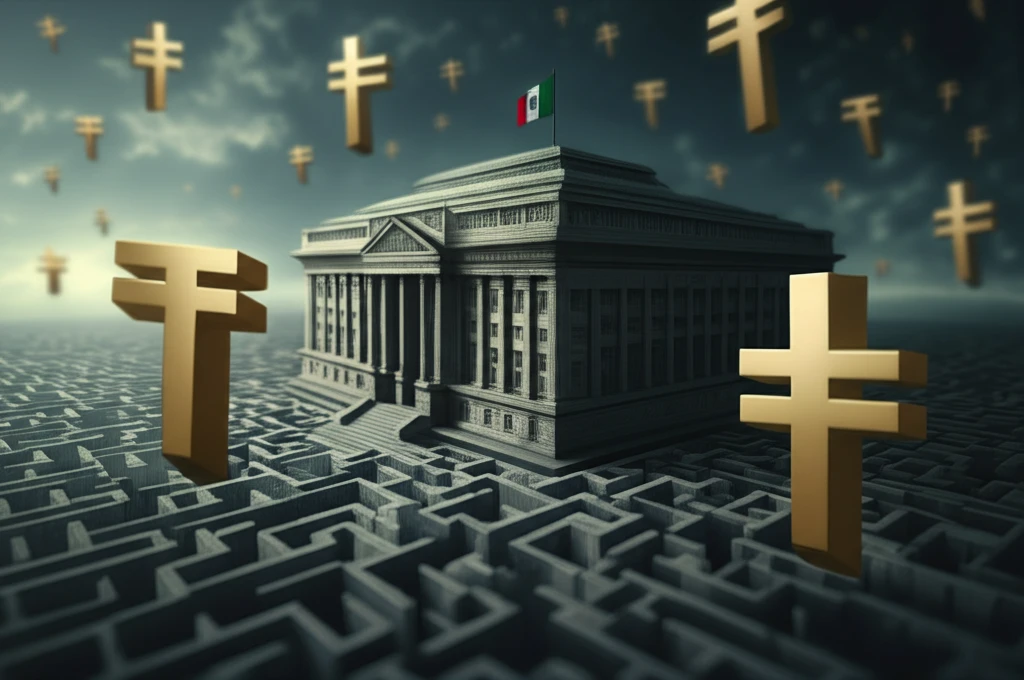
Mexico's Inflation Puzzle: Is the Central Bank's Cure Worse Than the Disease?
"Uncover the surprising truths behind Mexico's fight against inflation and how traditional economic strategies might be missing the mark."
For years, central banks around the world have leaned heavily on a single tool to combat inflation: interest rates. The playbook seems straightforward: raise interest rates, cool down demand, and watch inflation retreat. But what happens when this cure feels worse than the disease? In Mexico, that's precisely the question economists are starting to ask.
Mexico adopted inflation targeting in 2002, and since then, inflation has generally decreased. The country’s economic authorities have largely credited this success to their strategy, asserting that it has not only curbed inflation but also reduced the impact of exchange rate fluctuations on domestic prices. However, a deeper look reveals some unsettling paradoxes.
A recent study challenges these conventional beliefs, suggesting that Mexico's approach to inflation might be overlooking key factors and potentially causing unintended harm. Are high interest rates truly the answer, or are they masking deeper issues within Mexico's economic structure? Let's explore the evidence.
Interest Rates: The Unexpected Twist

Economic theory suggests that hiking up interest rates should put a damper on spending and investment. Higher rates make borrowing more expensive, which in turn should cool down economic activity and ease inflationary pressures. But in Mexico, the evidence doesn't quite line up with this textbook scenario.
- Exchange Rate Effects: Higher interest rates can lead to a stronger peso. A stronger peso makes imports cheaper, potentially stimulating demand through different channels.
- Wage Share Impact: A lower exchange rate can boost the wage share, encouraging consumption.
- Debt Relief for Firms: Companies with dollar-denominated debt may experience relief as a stronger peso reduces their debt burden.
A New Perspective on Mexico's Inflation
Mexico's battle against inflation is far from over, and it demands a more nuanced approach than simply tweaking interest rates. By acknowledging the complexities of its economic structure and considering alternative strategies, Mexico can pave the way for a more sustainable and equitable path to price stability.
